
ADTO News
-
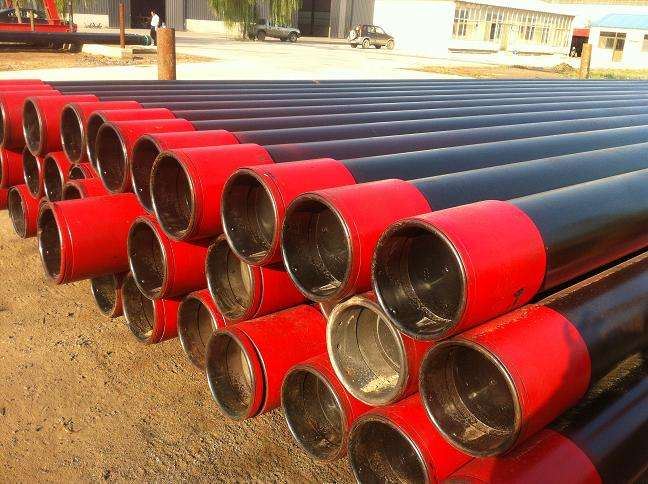
Standard for Choosing Oil Casing Pipe Manufacturers
There are many standards for selecting oil casing manufacturers, which can be divided into short-term standards and long-term standards according to the length of time. The short-term standards for selecting oil casing manufacturers mainly include product quality, price level, timely delivery, and overall service level.
2021-04-16 -
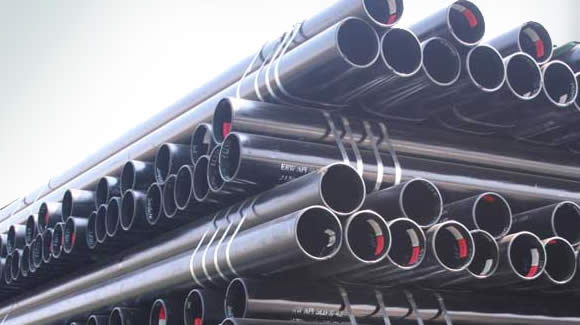
Difference Between Straight Seam Steel Pipe and Spiral Steel Pipe
The production process of straight seam steel pipes is relatively simple, and the main content of the production process is high-frequency welded straight seam steel pipes (ERW) and submerged arc welded straight seam steel pipes (LSAW). The production efficiency of straight seam steel pipes is high, the cost is low, and the economy develops rapidly. The strength design of spiral steel pipes (SSAW) is usually higher than that of straight seam steel pipes.
2021-04-09 -
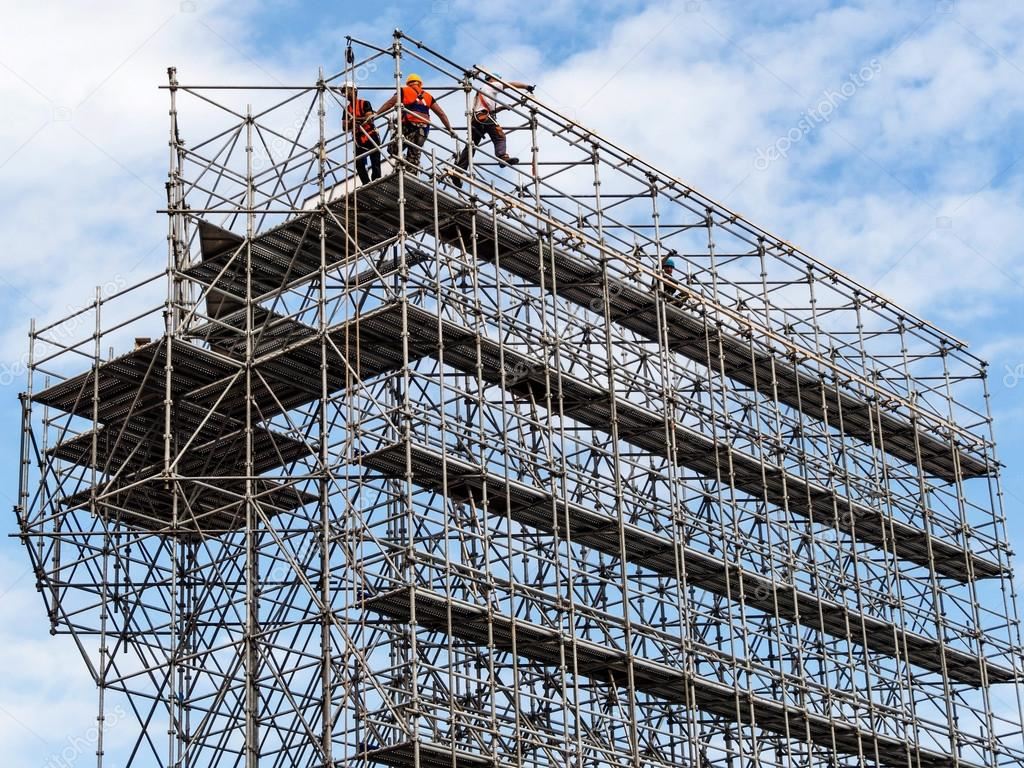
Scaffolding in Building Construction For Sale
Scaffolding, in building construction, is a temporary scaffold platform used to elevate and support construction workers and construction materials during the building construction, house repair, or a structure or machine cleaning. The scaffolding system consists of many pieces of scaffolding planks of convenient size and length, with various methods of support, depending on the form and application.
2021-04-01 -
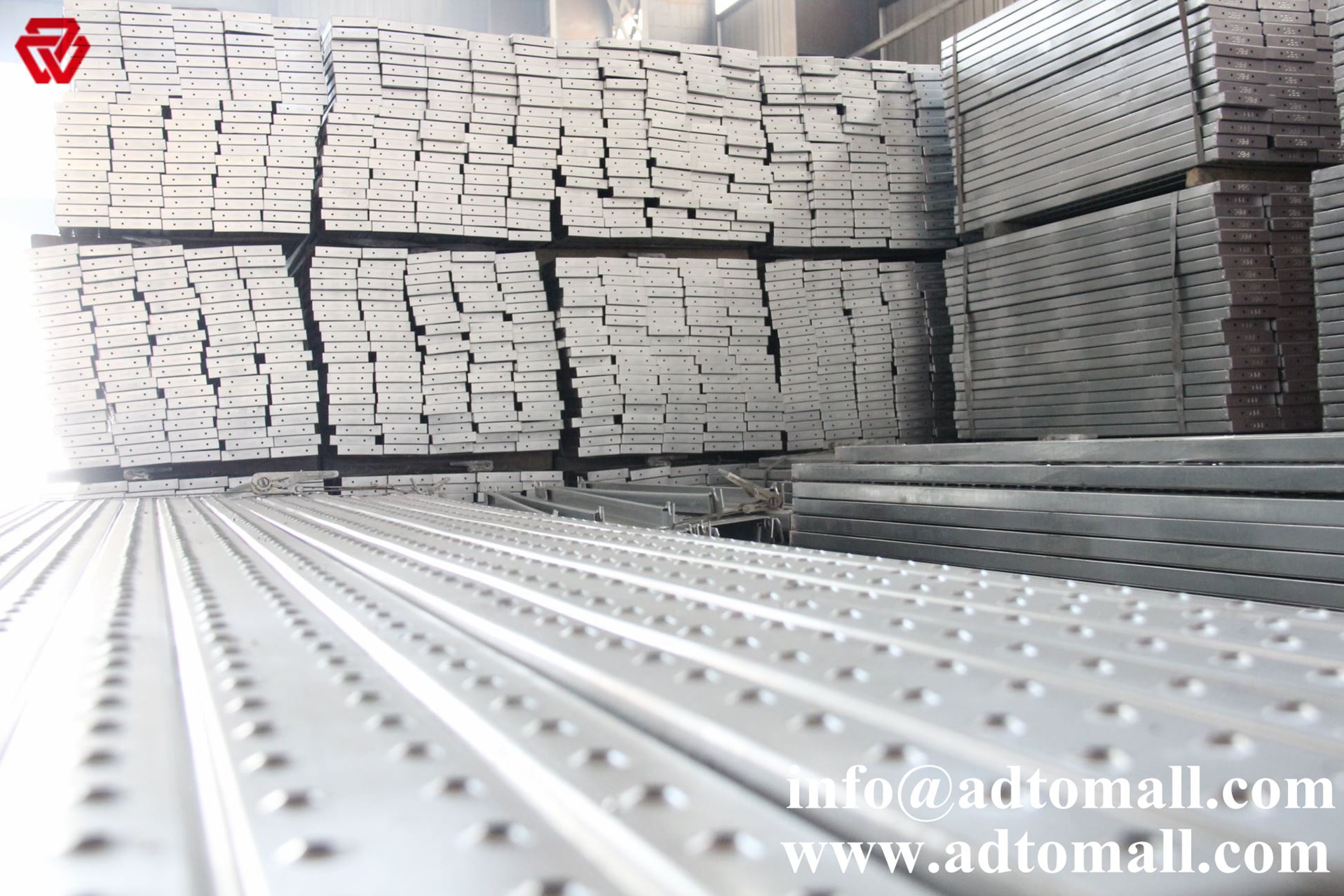
How Many Types of Ringlock Scaffolding Steel Planks?
Equip your construction team with the best ADTO Ringlock Scaffold Planks from ADTOMall and ensure their safety. Our ADTO scaffold planks are reliable, robust, consistent, long-lasting, and tough in corrosive environments.
2021-03-26 -
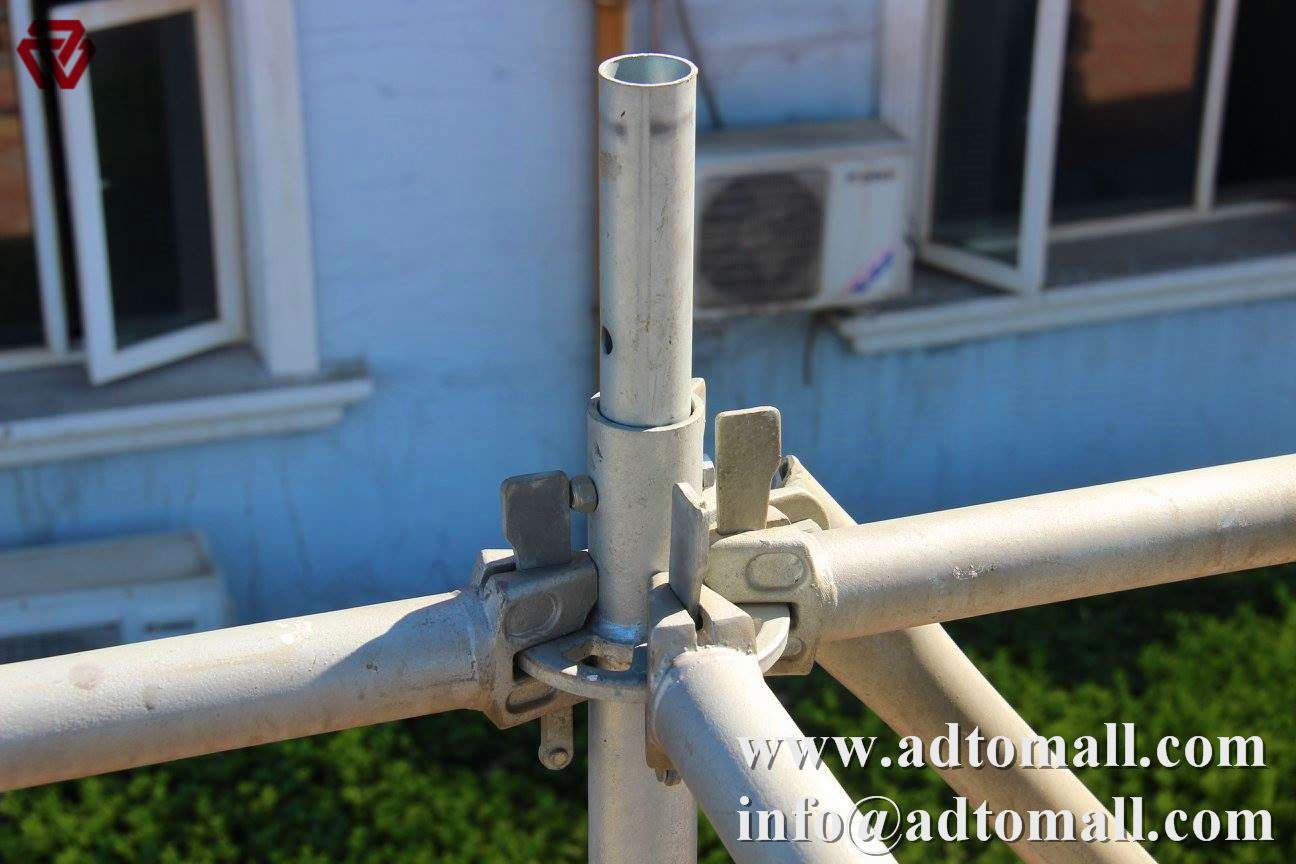
What Do Transoms Mean to Ringlock Scaffolding Platforms?
Mid, Ledger to Plank, and Plank to Plank Transoms are underutilized components that work great for creating safe gaps in platforms or closing unwanted gaps in platforms, safe, cleanly, and efficiently. This article is designed to highlight the key characteristics of the various Transoms available so that you can be adequately equipped to offer a solution to your customer.
2021-03-18 -
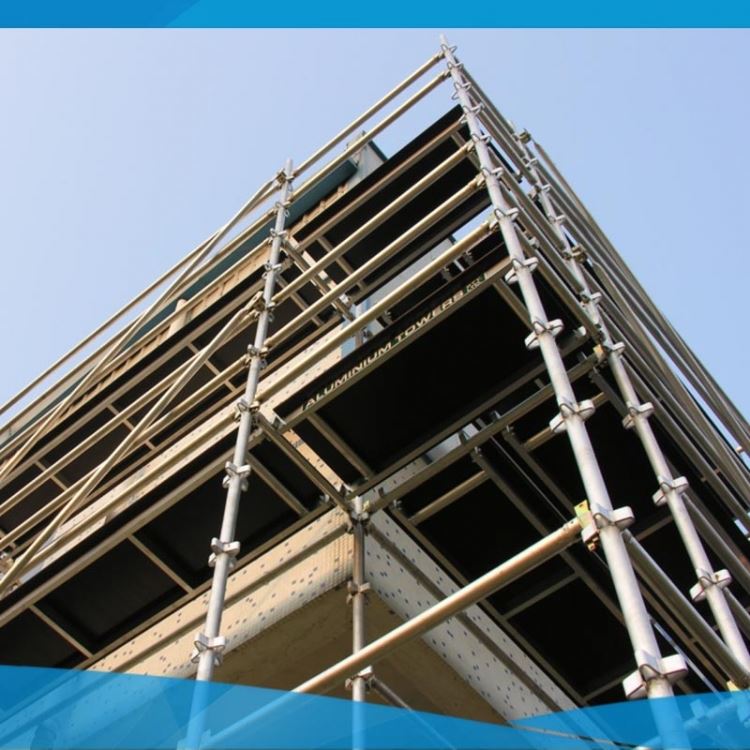
Kwikstage Scaffolding Materials In Austrilia For Sale
Kwikstage scaffolding is a new kind of scaffolding system that mainly used in Australia. Do you know the advantages of using kwikstage scaffolding system? We have listed several advantages of using kwikstage scaffolding for your reference.
2021-03-11 -
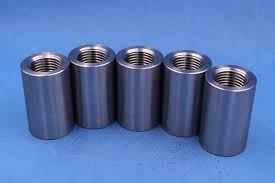
Why We Use Merchanical Rebar Coupler?
On the construction site, there are many kinds of materials used. Rebar coupler is one of the important construction materials. But why we use a rebar coupler instead of doing a simple lap joint on rebar? Below we listed several reasons for your reference.
2021-03-05 -
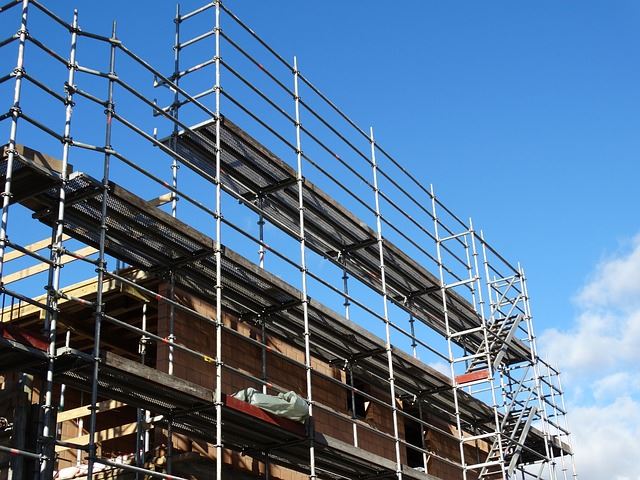
Why We Recommend to Use Kwikstage Scaffolding System?
Kwikstage is a kind of modular scaffolding system, which is versatile and serves various purposes. This kind of scaffolding system is highly useful in situations where the facade of the building is complex, and a regular facade scaffold cannot be positioned.
2021-02-26 -
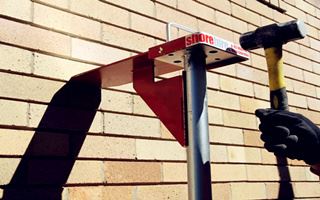
The Application of Acrow Steel Props
Steel Acrow Props are mainly used for concrete formwork support. It is a piece of construction equipment. Acrow steel props can be used in all types of formwork systems for temporary support. For example, plastic formwork, aluminum formwork, steel formwork, timber formwork, etc. It can also be used to support a scaffolding system, ring lock scaffolding, cuplock scaffolding, kwikstage scaffolding, and frame scaffolding. So, steel acrow props are also called scaffolding adjustable steel props.
2021-02-20 -
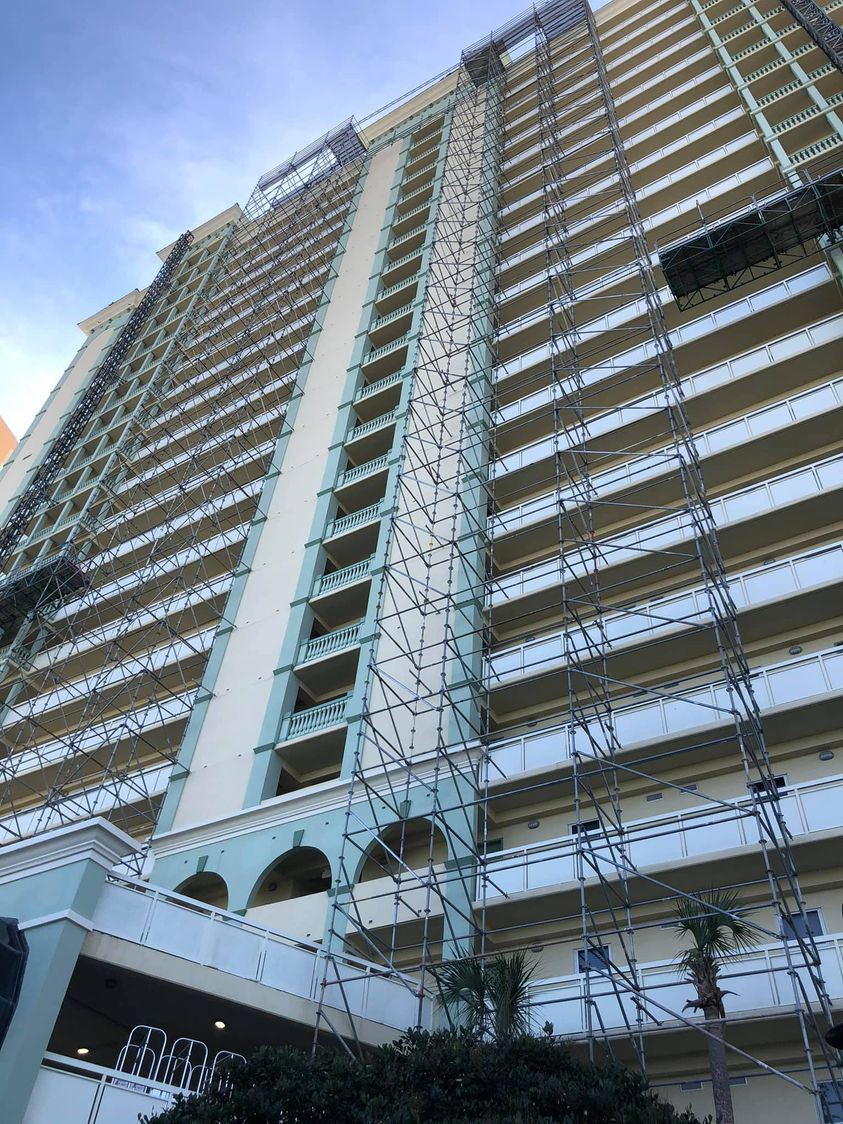
Why Kwikstage Scaffold is Widely Used in Construction Projects?
Kwikstage, also known as Quick stage, is a kind of modular scaffolding system. The best thing about Kwikstage scaffolding is it can be molded to any shape depending on the structure of the building. The quick stage also has the flexibility to be erected on either side of the building’s facade to make the project as simple as possible. Below are reasons why Kwikstage scaffolding is widely used in construction projects.
2021-01-29 -
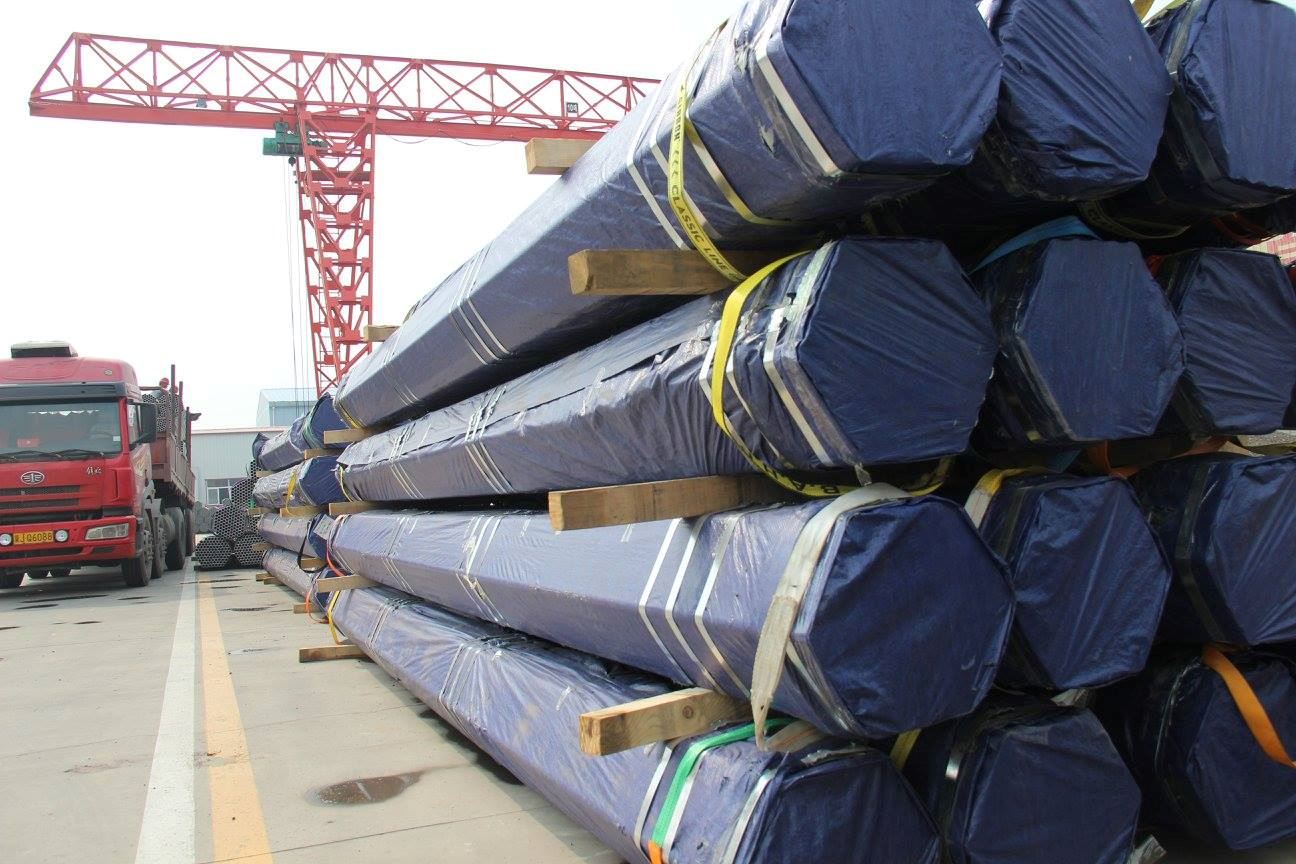
Difference Between Seamless Pipe And Welded Pipe
Welded pipe used the steel plate or steel strip as raw material, and it is welded after being crimped by the unit and mold. According to different welding methods, it can be divided into straight seam welded pipe and spiral welded pipe. While seamless steel pipe is made by cold rolling, cold drawing, or hot extrusion production process using round steel perforation as raw material.
2021-01-25 -
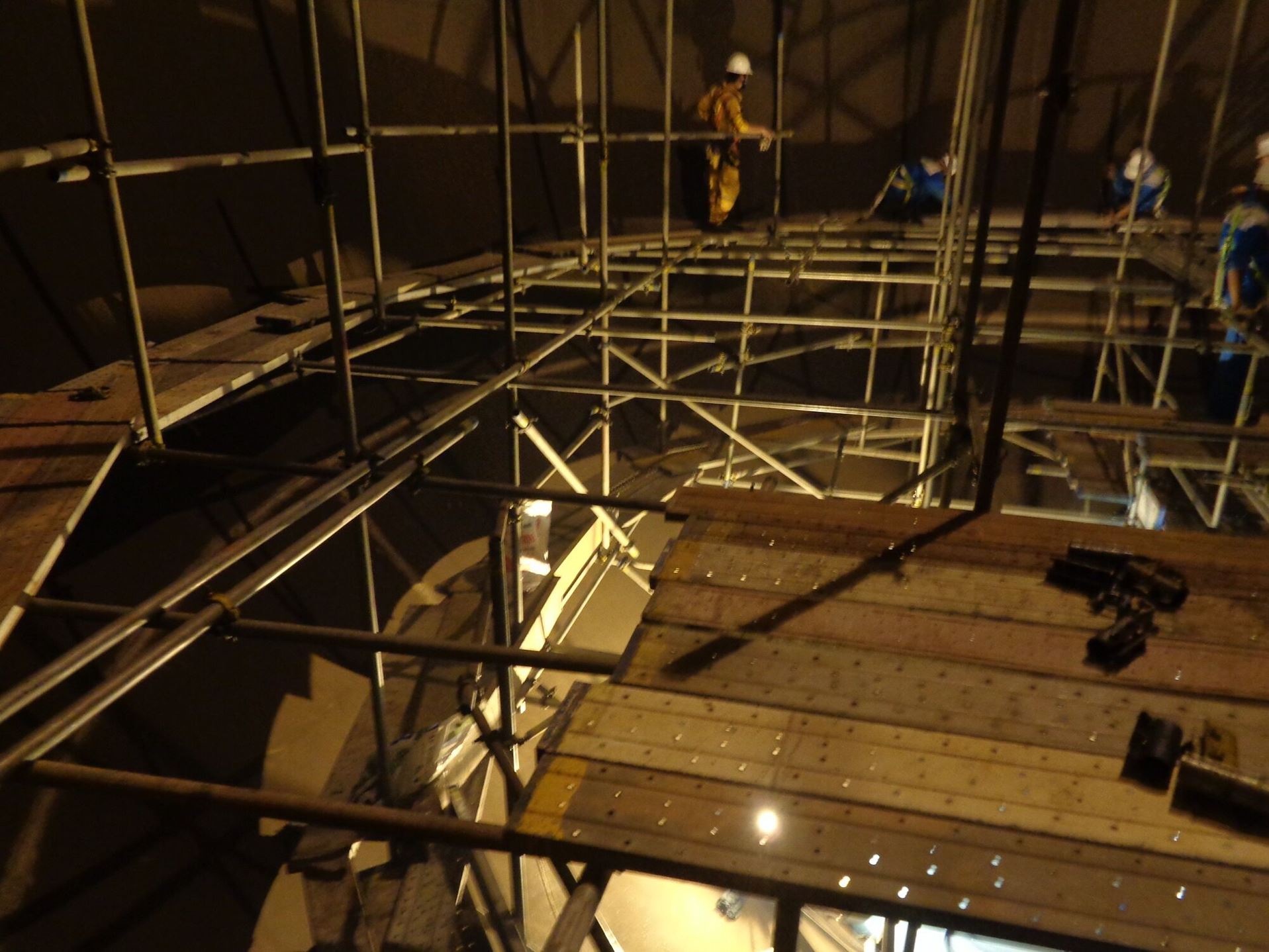
How to Reduce Common Hazards Threaten Scaffold Safety?
As the data shows in a study by the Bureau of Labor and Statistics (BLS), there are 72% of workers get injured in scaffold accidents due to the scaffold plank or acrow props collapse, or the workers’ slipping or being struck by a falling object. Scaffolds play an important role in the construction industry. With proper use, scaffolds can save significant time and money. Though scaffolds are convenient and necessary, there are three major hazards that everyone needs to be aware of scaffold safety.
2021-01-13 -
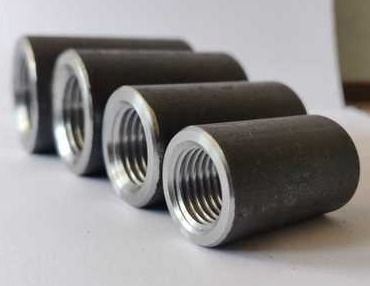
Do You Know Why Should We Use Reinforcement Connection Coupler?
Conventional reinforcement connection methods such as overlapping and welding don’t satisfy the need of overcoming the ever-increasing technical difficulties in the construction industry anymore. In spite of this Coupled Joint Systems, a product of modern technology, reduce the costs, and provide a more successful structural integrity. The low-cost Reinforcement Couplers will speed up your project and bring in competence. ADTO Mechanical Reinforcement Couplers provide solutions for construction reinforcement bundles such as overlapping and welding. Our strategy is offering more affordable and extremely safe rebar inserts as compared to the options of overlapping and welding. ADTO Mechanical Coupler sand the equipment are economic, safe, designer-friendly, and easy to implement. In brief, the ADTO rebar coupler provides matchless benefits and higher earnings to its customers!
2020-12-24 -
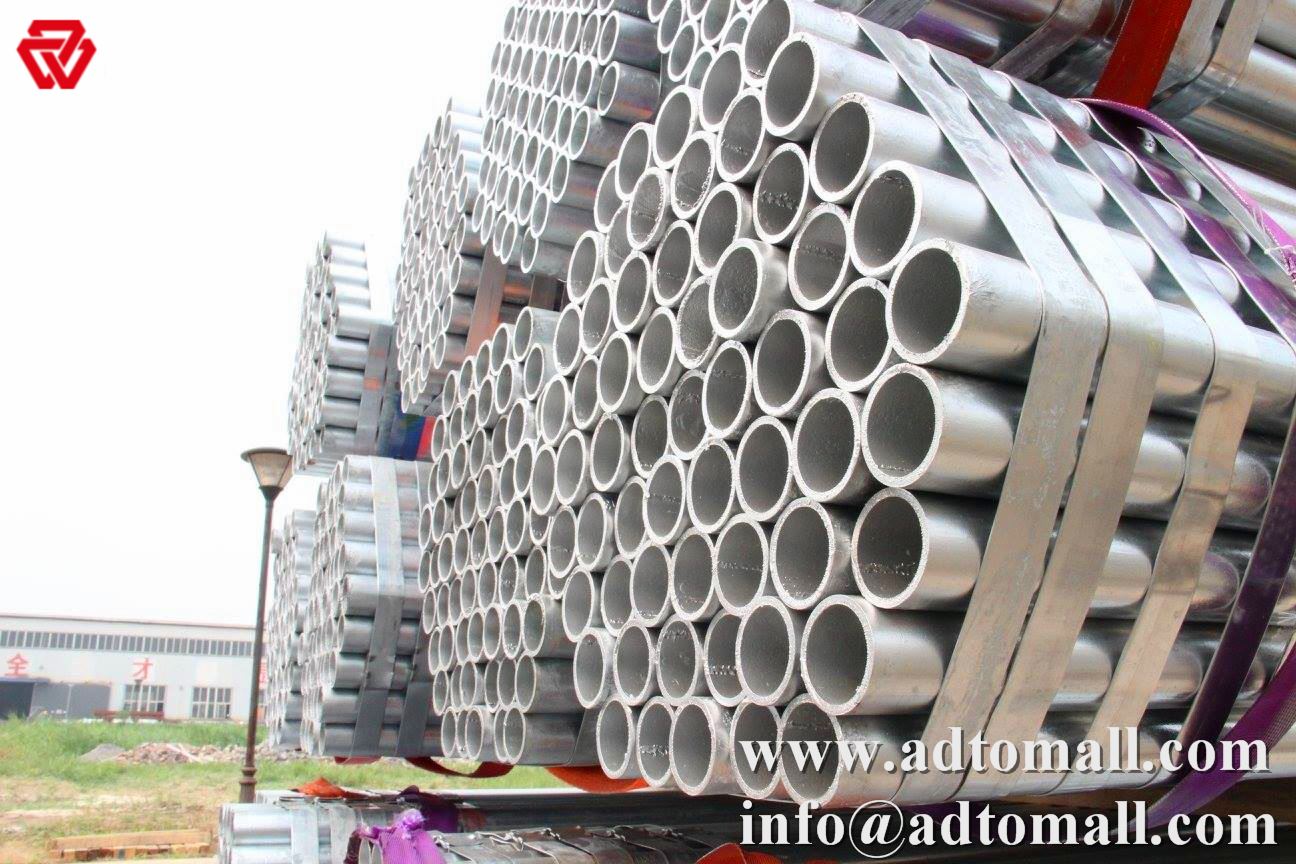
Difference Between GI Steel Pipe And MS Pipe
Galvanized iron is iron that has been coated in a layer of zinc. The zinc layer is coated to help the metal resist corrosion. Steel can also be galvanized. When steel is used in an environment where corrosion and rust are easy to happen, we often put the steel galvanized. So the steel will have a longer service life than that not be galvanized. However, even with galvanization, corrosion will eventually start to occur, especially if conditions are acidic.
2020-12-15 -
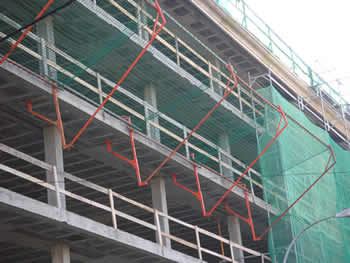
Do You Know What is ADTO Debris Netting?
Debris Netting is made from UV stabilized polyethylene monofilaments. By using this kind of material, debris net creates an open mesh shape netting. Construction debris net is mainly used on scaffolding systems to keep rubbishes or debris controlled on building sites. Building a construction debris net improves construction site safety by reducing the risk of debris falling outside the working platform. By the installation of scaffold debris netting, a safer environment is made for both workers and the general public.
2020-12-04


 Live Chat
Live Chat
